When Sandra Caplan, a Jew-by-choice, was dying, her husband promised her that he would work toward a unified conversion process for the Conservative, Reform and Reconstructionist movements.
George Caplan, a veteran community leader, kept his word and the Sandra Caplan Community Bet Din of Southern California, believed to be the first of its kind anywhere, will be formally established in June.
Composed of Conservative, Reform and Reconstructionist rabbis, the Bet Din, a court applying the rules of Jewish law, will officiate at conversions accepted by the three streams of Judaism.
With intermarriage running at about 50 percent and the Jewish population level in the United States on hold or declining, encouraging non-Jewish spouses to convert and form full Jewish families is among the most important challenges facing the Jewish community, Caplan believes. Caplan, a former Jewish Federation president, views the new Bet Din as a substantial move in the right direction.
To Rabbi Richard N. Levy, the unified Bet Din "is a wonderful step forward for California and klal Yisroel and broadens opportunities for those who wish to become Jews."
It was Levy, a national Reform leader and director of the School of Rabbinic Studies on the Los Angeles campus of the Hebrew Union College-Jewish Institute of Religion (HUC-JIR), who took the initiative in laying a religious foundation for the new Bet Din five years ago.
His Conservative dialogue partner and fellow initiator was Conservative Rabbi Elliot N. Dorff, rector of the University of Judaism (UJ) and distinguished professor of philosophy.
Dorff and Levy soon expanded their circle to include two dozen other rabbis, including Rabbi Steven Carr Reuben of the Reconstructionist Kehillat Israel and current president of the Board of Rabbis of Southern California.
The discussions and negotiations carried on for some four years were amicable, but there were differences.
"The Reform rabbis were afraid that the conversions would be too halachic [conforming to traditional Jewish law], and the Conservatives were afraid that the Reform would not respect their ritual standards," recalled Rabbi Jerrold Goldstein of the (Reform) Union of American Hebrew Congregations (UAHC).
A main sticking point was whether converts would have to undergo circumcision (real or symbolic, depending on whether the male candidate was previously circumcised) and immersion in a mikvah (ritual bath). These requirements are mandatory in the Conservative movement, but left to the individual discretion of the more autonomous Reform and Reconstructionist rabbis.
It was finally agreed to hew to the stricter Conservative standards for the unified Bet Din.
At this point, about two years ago, Dorff temporarily moved to New York and Levy had to focus on his new HUC-JIR position, so the project became more or less dormant.
There was also the matter of finances. All agreed that the potential ger (convert) should not pay for the conversion process, which Goldstein termed a community responsibility, akin to naturalization for U.S. citizenship.
The three dayanim (judges) sitting on the rabbinical court are also not paid for their services, but still, the Bet Din has set a budget of $30,000 for the first year of operations.
About a year ago, following his wife’s death, Caplan stepped into the picture, offered financial support, and got the process started again.
Establishment of the Bet Din will be formally announced on Shavuot (June 6), the holiday linked to the story of Ruth, the Moabite woman, who threw in her lot with her mother-in-law Naomi and became a Jew.
Actual operations will start July 1, according to Conservative Rabbi Daniel R. Shevitz of Mishkon Tephilo, who has been named by the governing board as av (chair) of the Bet Din. He will draw from a "bullpen" of about 20 rabbis from the three denominations for service on the court.
Reform Rabbi Stephen J. Einstein of Congregation B’nai Tzedek in Fountain Valley will serve as sgan (vice chair).
While Jews-by-choice are playing increasingly prominent roles in synagogues and Jewish organizations, local figures for the actual number of converts are hard to come by.
Across the United States, the most recent available statistics from the 1990 National Jewish Population Survey list 185,000 converts, or 3 percent of American Jewry.
For Los Angeles and adjoining counties, the best authority is Penelope Oppenheimer, who is in charge of the mikvah at the UJ, the only one in Southern California under non-Orthodox auspices.
During the past year, she supervised the ritual immersion of some 600 converts, 450 of whom about came through the Conservative movement, and the remainder through the Reform and Reconstructionist streams.
The number of additional Reform and Reconstructionist converts, who chose not to use the mikvah, could not be ascertained. The uncertainly is likely to remain in the future, as Jews-by-choice can choose to convert, as in the past, through one of the three denominations, rather than at the unified Bet Din.
Increasingly noticeable among Oppenheimer’s clients are small children from China, Vietnam and Romania, who are brought in for conversion by the Jewish parents who have adopted them.
The topic of conversion has more or less come out of the closet only during the last three decades.
"When I was in rabbinical school more than 40 years ago, we were taught nothing about conversion," Goldstein recalled. "It was a secret, almost like abortion."
By contrast, Goldstein nowadays receives fancy printed invitation to attend a conversion service or mikvah immersion.
Although the founders of the Bet Din say they would welcome the participation of Orthodox rabbis, the chances of this happening are almost nil.
"The basic issue," said Rabbi Meyer May, president of the (Orthodox) Rabbinical Council of California, "is that a potential convert must accept the mitzvot [commandments] and Torah as being divine and must accept the written and oral law as the absolute truth."
In the absence of such a complete commitment by non-Orthodox rabbis and converts, "we would not accept a conversion as valid," he said.
Furthermore, the Talmud is quite negative about conversions, observed May.
"We are told that if you get an inferior convert, he dilutes Judaism, but if you get a superior convert, he’ll show up those Jews who are not committed," May said.
The only known attempt in the United States to form a beit din including all streams of Judaism, including Orthodox, occurred in Denver some 20 years ago, but the project fell apart in a short time.
Currently, the first step for almost all potential converts in Southern California is to enroll in an intensive Introduction to Judaism course, taught by Rabbi Neal R. Weinberg at the UJ, and one coordinated by Goldstein at the UAHC.
Weinberg’s course consists of 18 sessions, each three-and-a-half hours long, and attracts some 600 students a year. Of them, about 200 are planning to convert, while the others are mainly Jews and gentiles interested in learning more about Judaism, including, he recalled, some Protestant ministers.
Many would-be converts bring along their Jewish partners, and in the process the latter "become more Jewish," Weinberg said.
One such person was Caplan, who attended the classes while his wife was preparing for her conversion.
"It was a wonderful experience," he said. "You explore in-depth what kind of a person you are and it brought us much closer together."







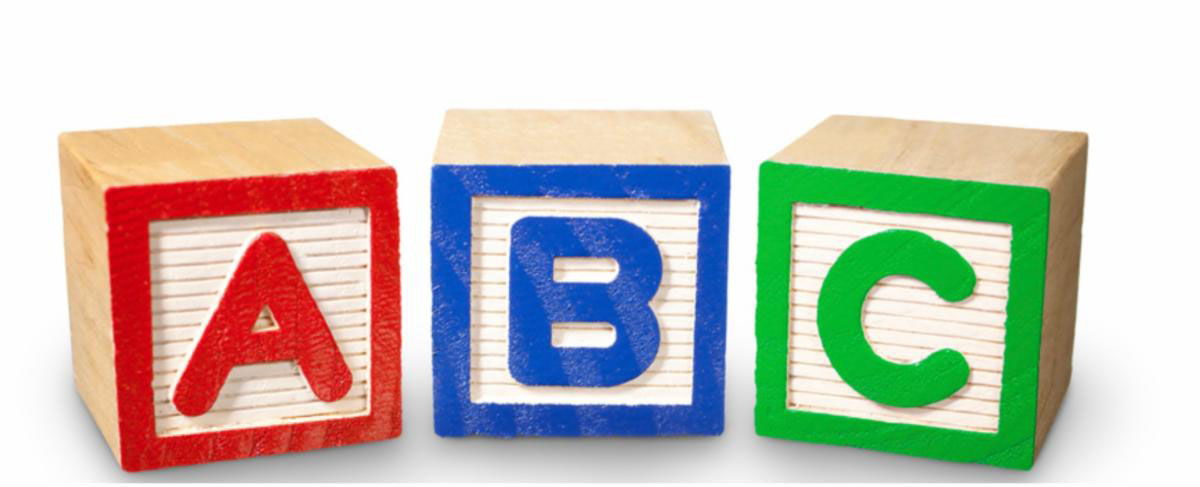


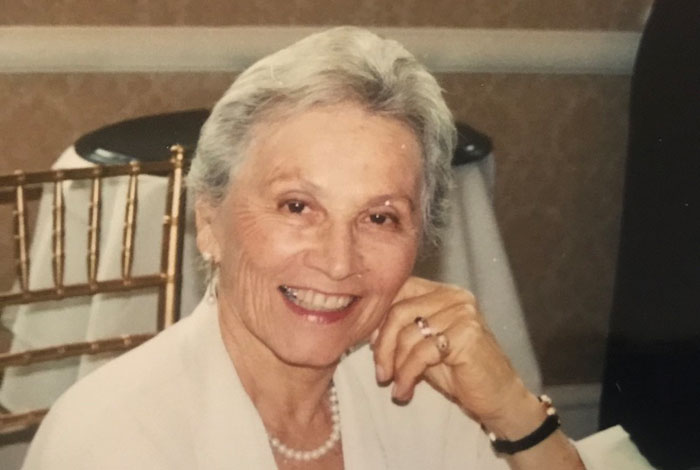
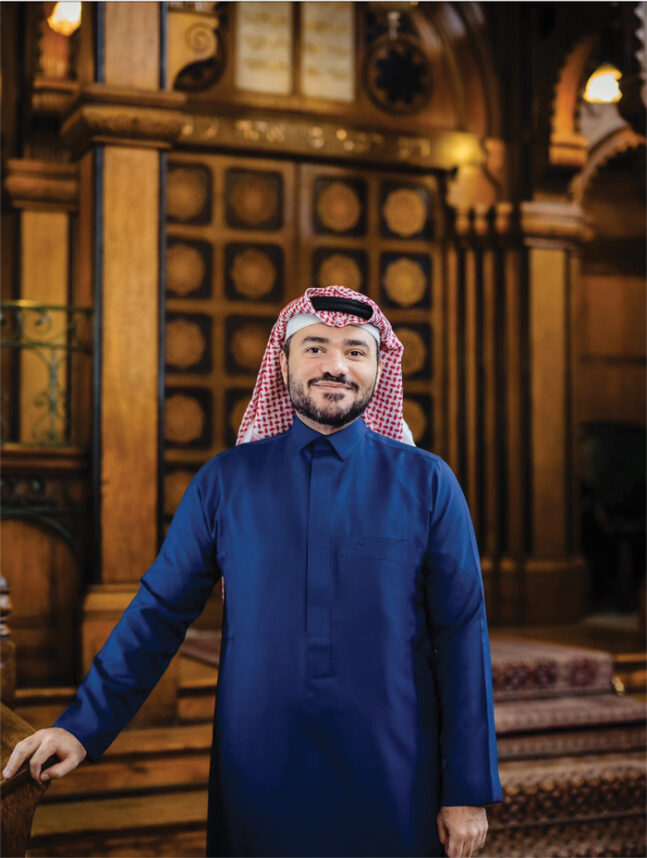
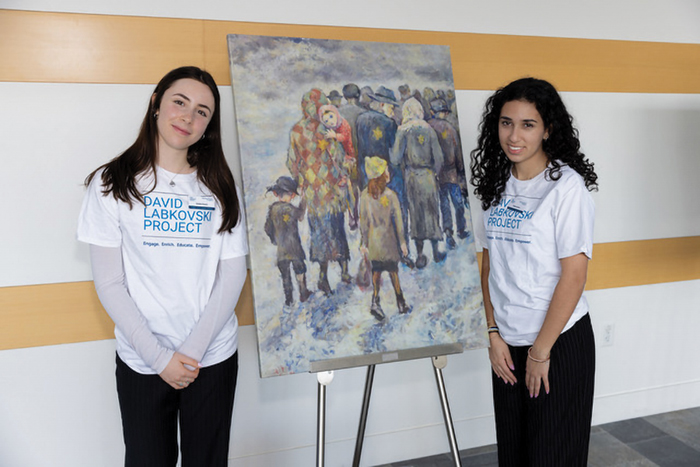
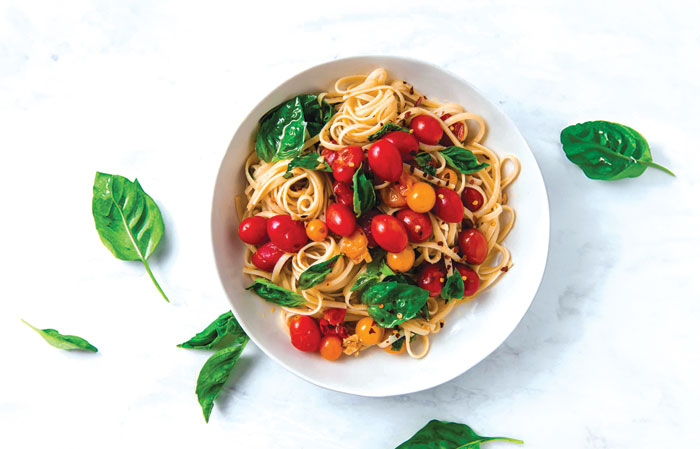


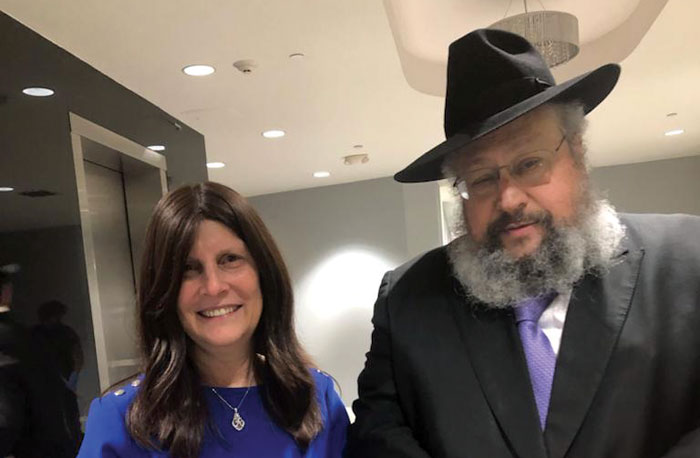
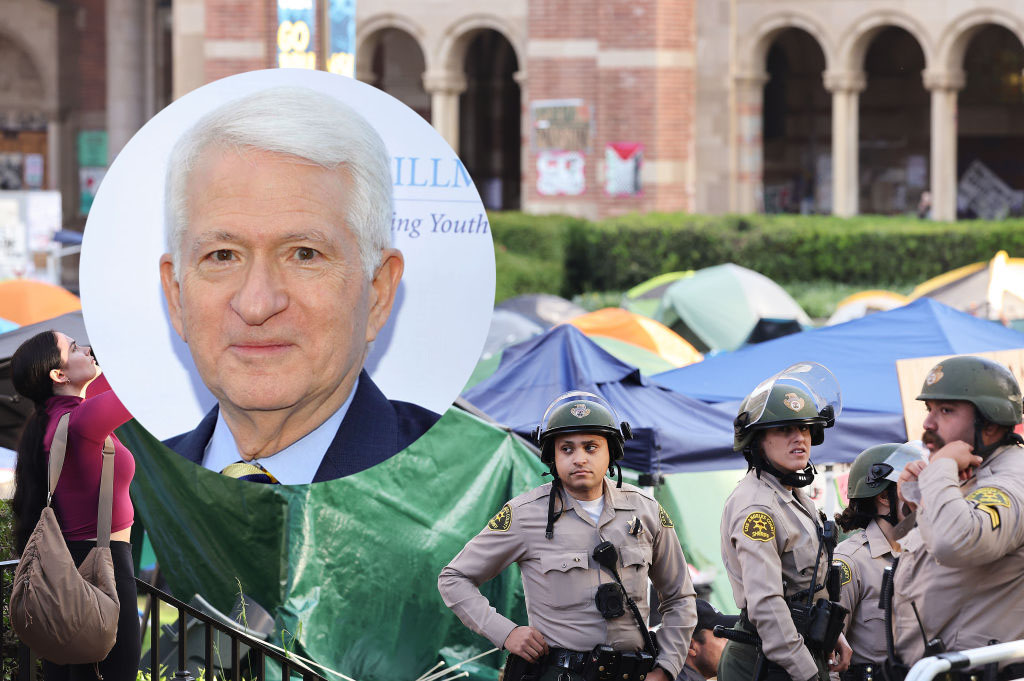





 More news and opinions than at a Shabbat dinner, right in your inbox.
More news and opinions than at a Shabbat dinner, right in your inbox.